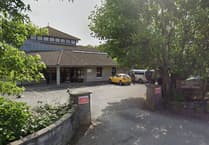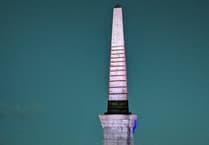IT gets dark much later now, and it’s warmer, but no doubt we will have a fair bit of cloud.
The sun reaches its highest point in the sky on June 21. A good many people get up early to watch the sunrise on the Summer Solstice; while Stonehenge is a popular gathering point, we have our own VIP site here in Cornwall: The Hurlers at Minions.
What is often overlooked is the corresponding sunset over Brown Willy. The sun appears to nip smartly past The Hurlers and bump along the jagged top of Cornwall’s highest hill before setting. The advantage over the sunrise is that a slightly different sunset occurs for two or three nights before and after June 21.
The phases of the moon are as follows: First Quarter, June 3; Full Moon, June 11; Last Quarter, June 18; New Moon, June 25. June’s Full Moon is known as the Strawberry Moon, named by Native American tribes after the seasonal harvest. It works well with Wimbledon!
As for the planets, look out for Mercury setting with the sun over the solstice period. Venus can be seen in the morning sky before sunrise; Mars is in Leo, and Jupiter moves from Taurus to Gemini through the month.
Noctilucent clouds - high-altitude clouds that appear in the night sky, particularly during summer months - can often be seen if you look north after the sun has set. The sun is not far below the horizon at this time of year, and it lights up the tiny dust particles high in the sky; some say the clouds are enhanced by the dust that remains behind when a satellite burns up on re-entry. It might even be possible to see the aurora.
Brian Sheen runs the Roseland Observatory within the grounds of Truro High School for Girls. Visit www.roselandobservatory.co.uk





Comments
This article has no comments yet. Be the first to leave a comment.